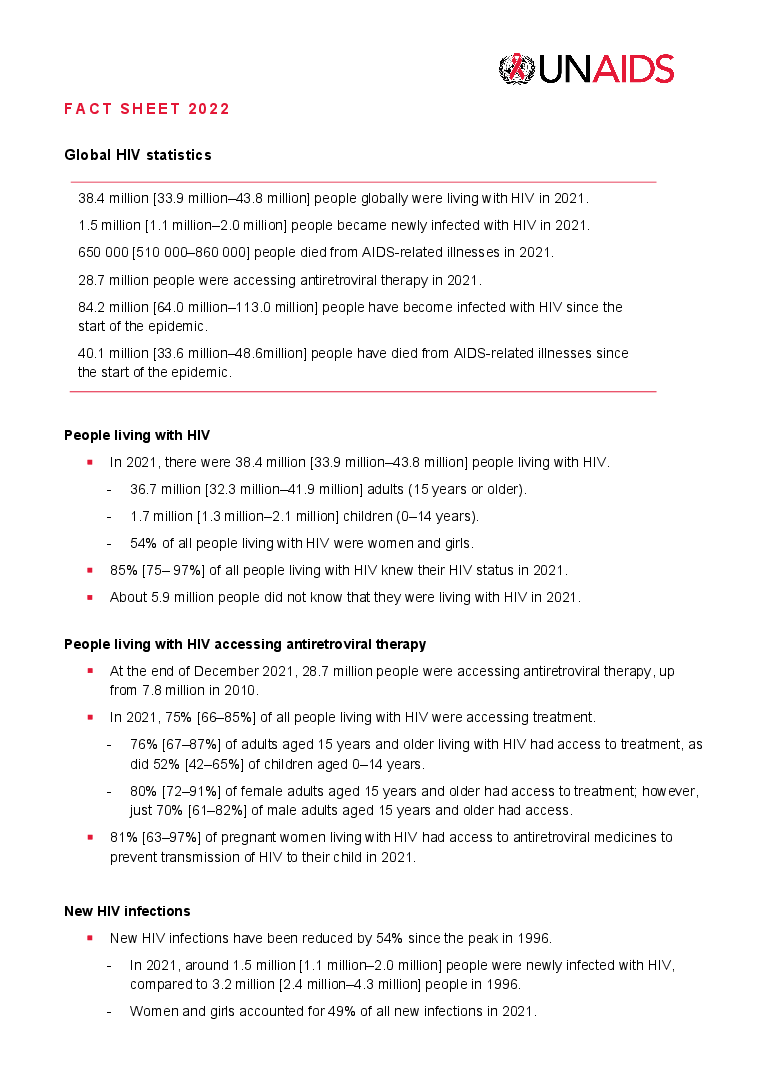According to the ‘Cyber Threat Report’ by the cybersecurity firm SonicWall, ‘Cryptojacking’ attacks on computer systems have gone up by 30% to 66.7 million in the first half of 2022 compared to the first half of 2021.
Unlike ransomware, which announces its presence and relies heavily on communication with victims, cryptojacking can succeed without the victim ever being aware of it.
Reference
Prime Minister launched India’s first bullion exchange - India International Bullion Exchange (IIBX) - at Gujarat’s GIFT City (Gujarat International Finance Tec-City).
Reference
Recently, scientists tested a basic version of the human-carrying shell of the Samudrayaan mission, off the Chennai coast.
The National Institute of Ocean Technology (NIOT), Chennai is an autonomous institute under the Ministry of Earth Science (MoES).
Reference
The Union Minister for Agriculture and Farmers Welfare has launched the Eleventh Agricultural Census (2021-22) in the country.
Reference
The UNAIDS has recently released a report titled ‘In Danger’, which is by the Joint UN Programme on HIV and AIDS.
In 2021, there were 1.5 million new HIV infections and 650,000 AIDS-related deaths. This translates to 4,000 new HIV infections every day.
That’s 4,000 people who will need to be tested, started on treatment, avoid infecting their partners, and stay on treatment for the rest of their lives. It also translates to 1,800 deaths every day due to AIDS (one death every minute).

Reference